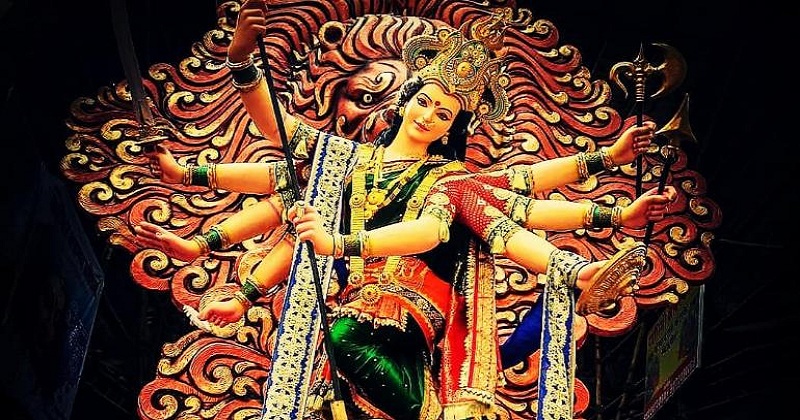
In India, Navratri is observed with great fanfare and devotion for nine nights and 10 days. Devotees are gearing up for Chaitra Navratri that begins on March 18. During these nine days, devotees solemnly fast and offer prayers to the Goddess Shakti. Each day has a special significance and one form of the goddess is worshipped. According to Hindu religion, Chaitra Navratri is also known as Vasanta Navratri, and follow almost the same rituals as in the Sharad Navratri, which falls in the month of September or October.
Day 1: Shailaputri
Known as the Pratipada, Shailaputri is worshipped on this day. Goddess Parvati is the daughter of Himalaya, the mountain. In Sanskrit, Shail means the mountain and, thus, she is also was known as Shailputri. The goddess in this form rides a bull, carrying a trishul (trident) in her right hand and lotus in the left hand.
Day 2: Brahmacharini
On Dwitiya, goddess Brahmacharini is worshipped. Here the goddess walks bare feet and a japamala and a kamandalu can be seen in her hands. In this form, Parvati became the great Sati and her unmarried self is worshipped as Brahmacharini.
Day 3: Chandraghanta
Goddess Chandraghanta is worshipped on Tritiya. The name derives from the fact that after marrying Lord Shiva she started adorning half Chandra (moon) on her forehead.
Day 4: Kushmanda
On Chaturthi, Devi Kushmanda is worshipped. Also known as the creator of the universe, Kushmanda is also known as the goddess who has the power and capability to reside inside the Sun.
Day 5: Skandamata
Goddess Skandamata is worshipped on Panchami. Skandamata or mother of Skanda also known as Lord Kartikeya and rides a ferocious lion along with the baby in one of her hands.
Day 6: Katyayini
Devi Katyayini is worshipped on Shasthi. Known as the warrior goddess, it is considered one of the most violent forms of Goddess Parvati. The name derives as she was born to Rishi Katya.
Day 7: Kalaratri
On Saptami, Devi Kalaratri is worshipped. Legends go to say she forgo her skin colour and embraces a dark complexion as black to kill demons Shumbha and Nishumbha.
Day 8: Mahagauri
Known as Ashtami Mata Mahagauri is worshipped on this day. Mahagauri means extremely white (maha meaning great and gauri meaning white. The name derives from the fact that Parvati had a fair complexion.
Day 9: Siddhidaatri
The last day of the festival also known as Navami, people pray to Devi Siddhidaatri. Sitting on a lotus, she is believed to possess and bestows all type of Siddhis.

Post Your Comments